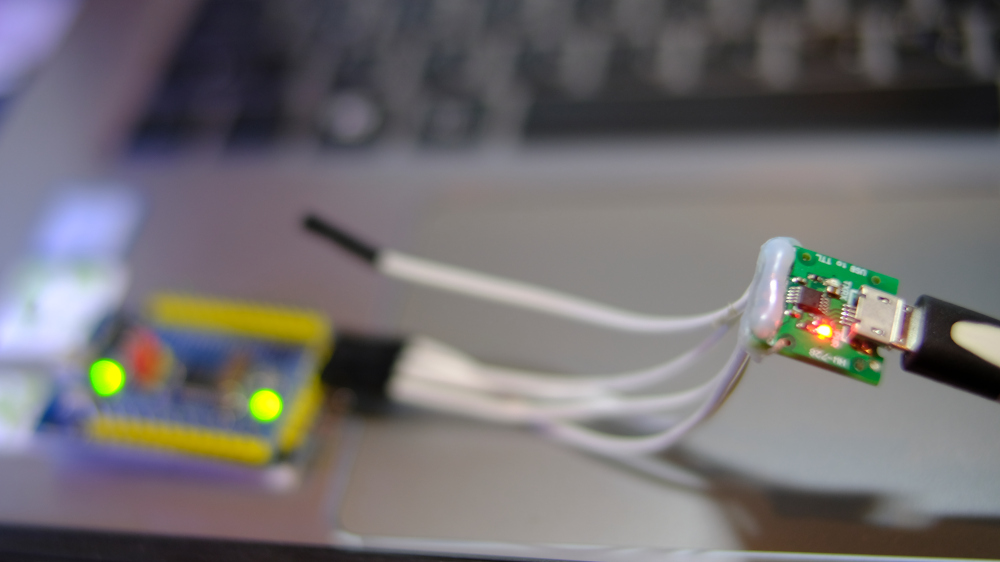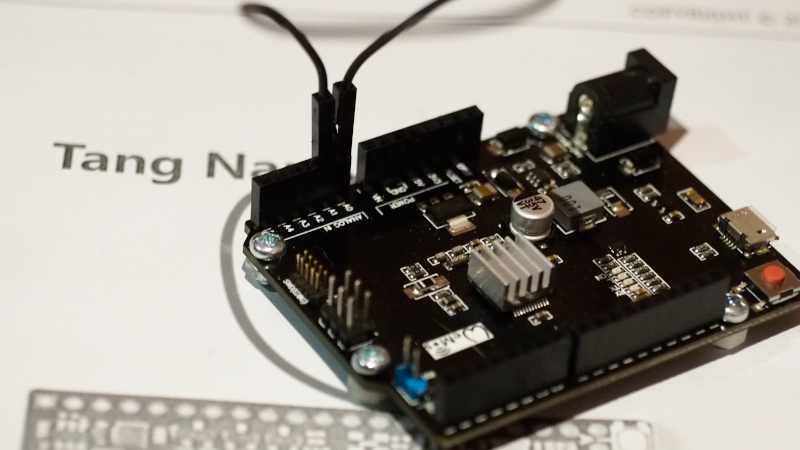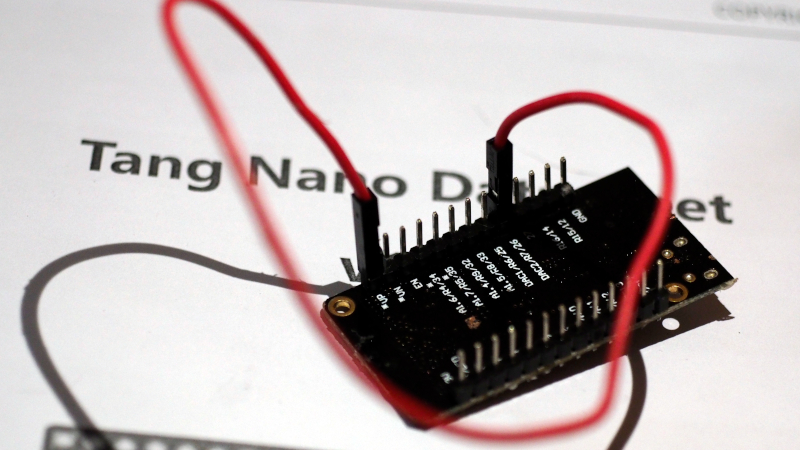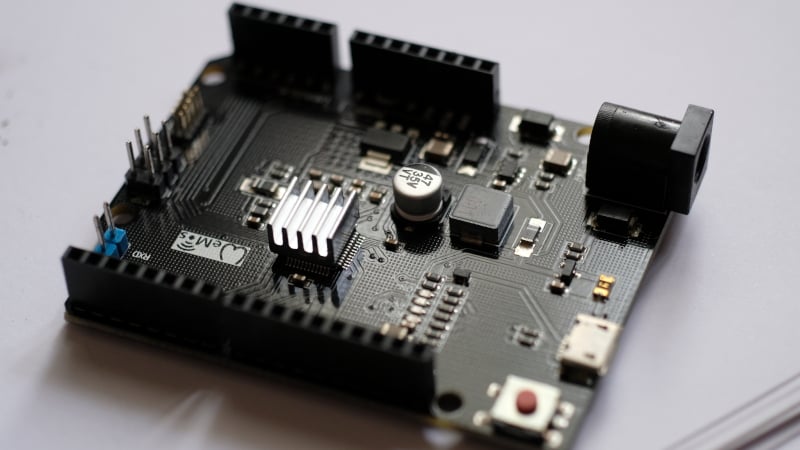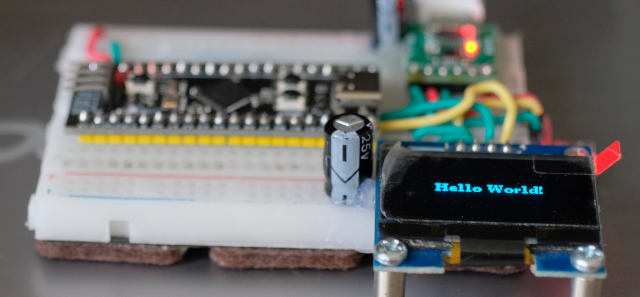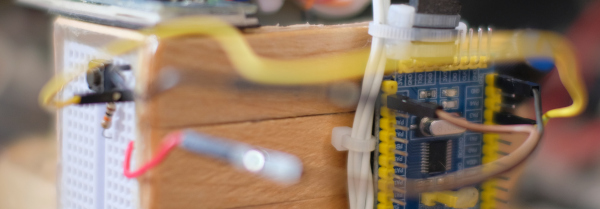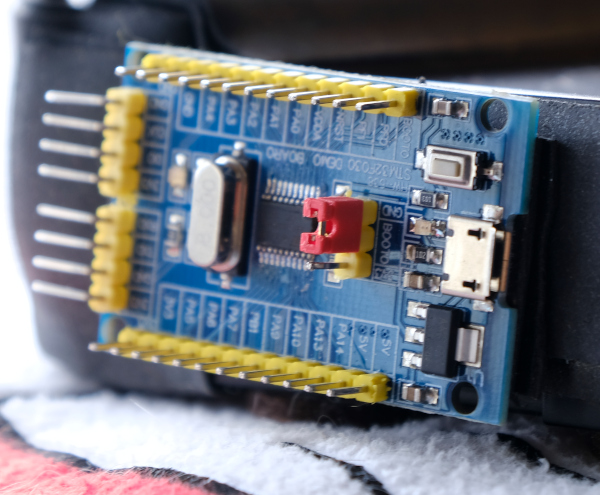From the article recommending the use of the board STM32F030F4P6 that uses serial communication with the use of additional libraries that do not have enough memory. So we try to use SoftwareSerial of Arduino framework and use pins PA10 and PA9 to connect to RX and TX of USB-RS232 Converter Module as shown in Figure 1 and try to use it according to the settings of Arduino IDE as shown in Figure 2 and order toggle LED connected to pin PA4 found that when compiling the sample program is used, the ROM and RAM usage are 80% and 21% respectively as reported by the Arduino IDE as follows.
Sketch uses 13188 bytes (80%) of program storage space. Maximum is 16384 bytes.
Global variables use 876 bytes (21%) of dynamic memory, leaving 3220 bytes for local variables. Maximum is 4096 bytes.
